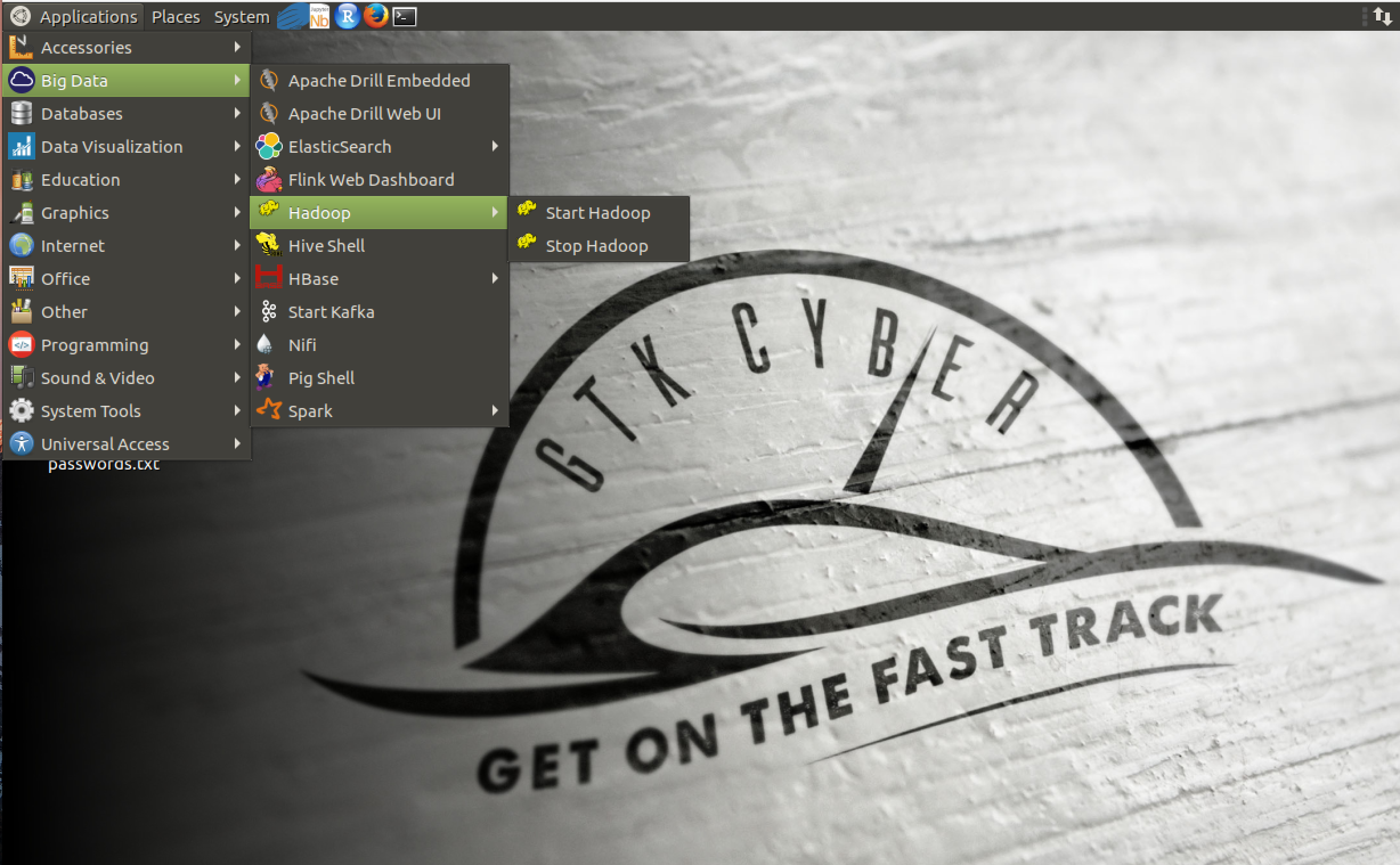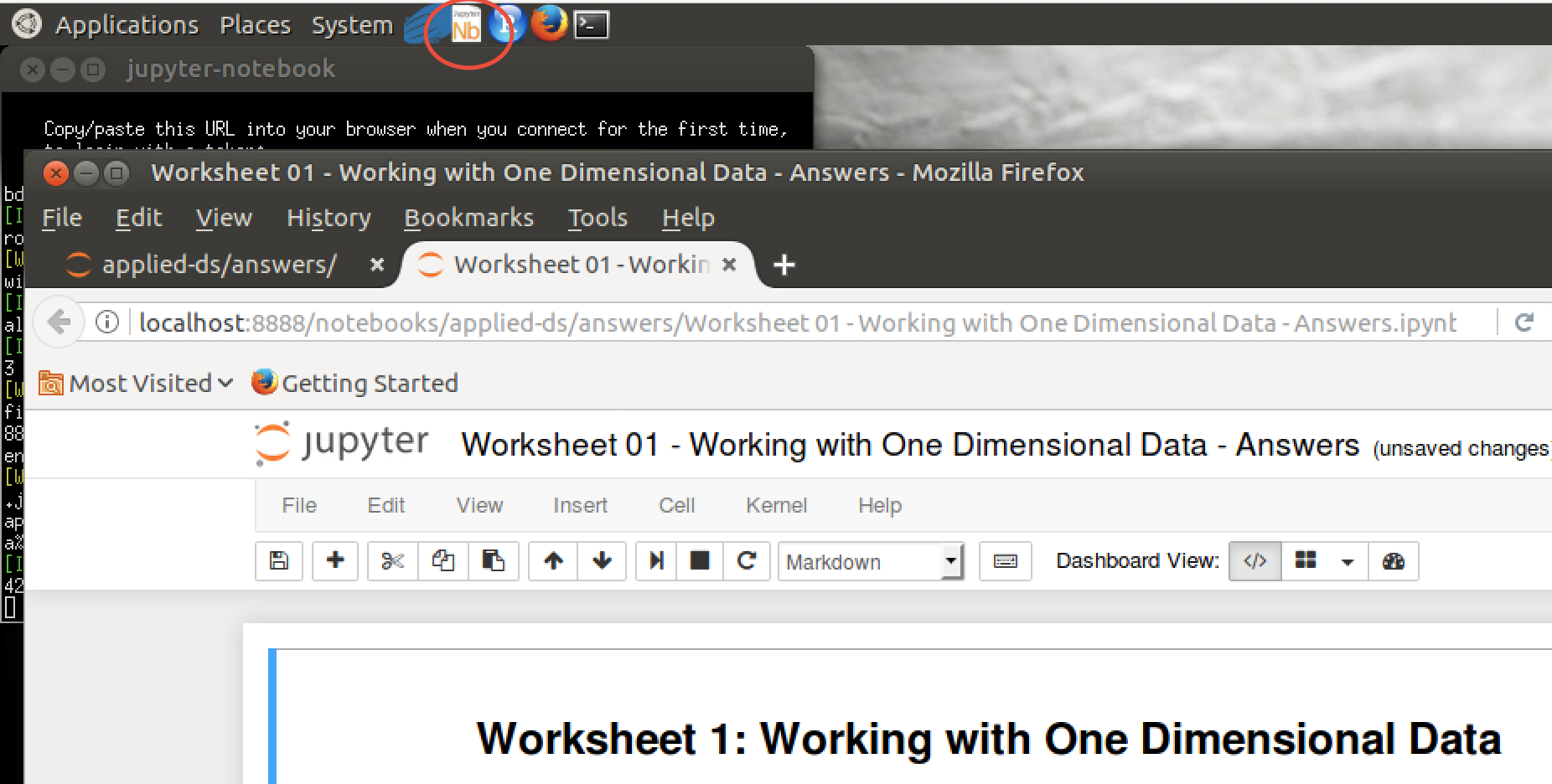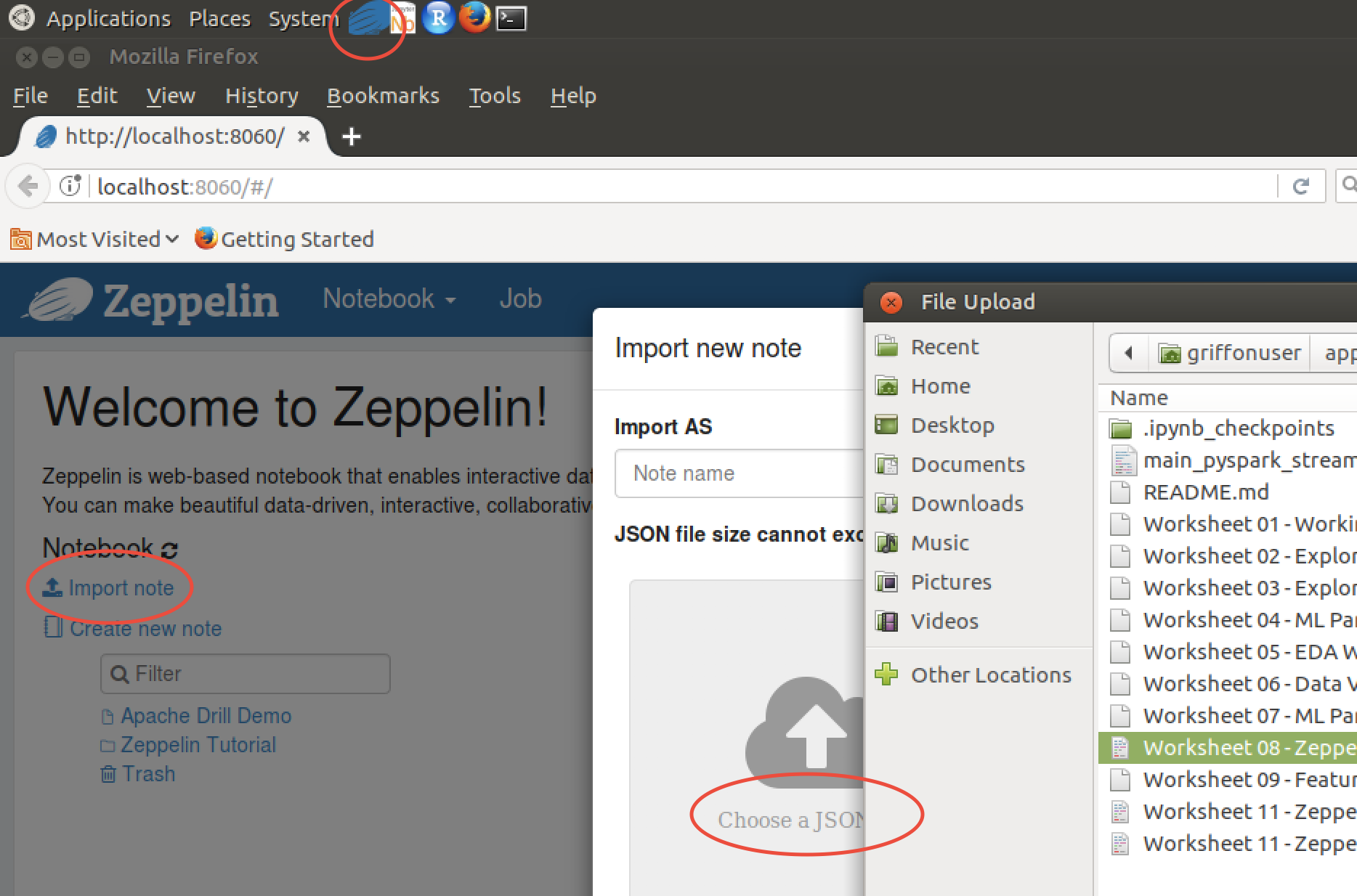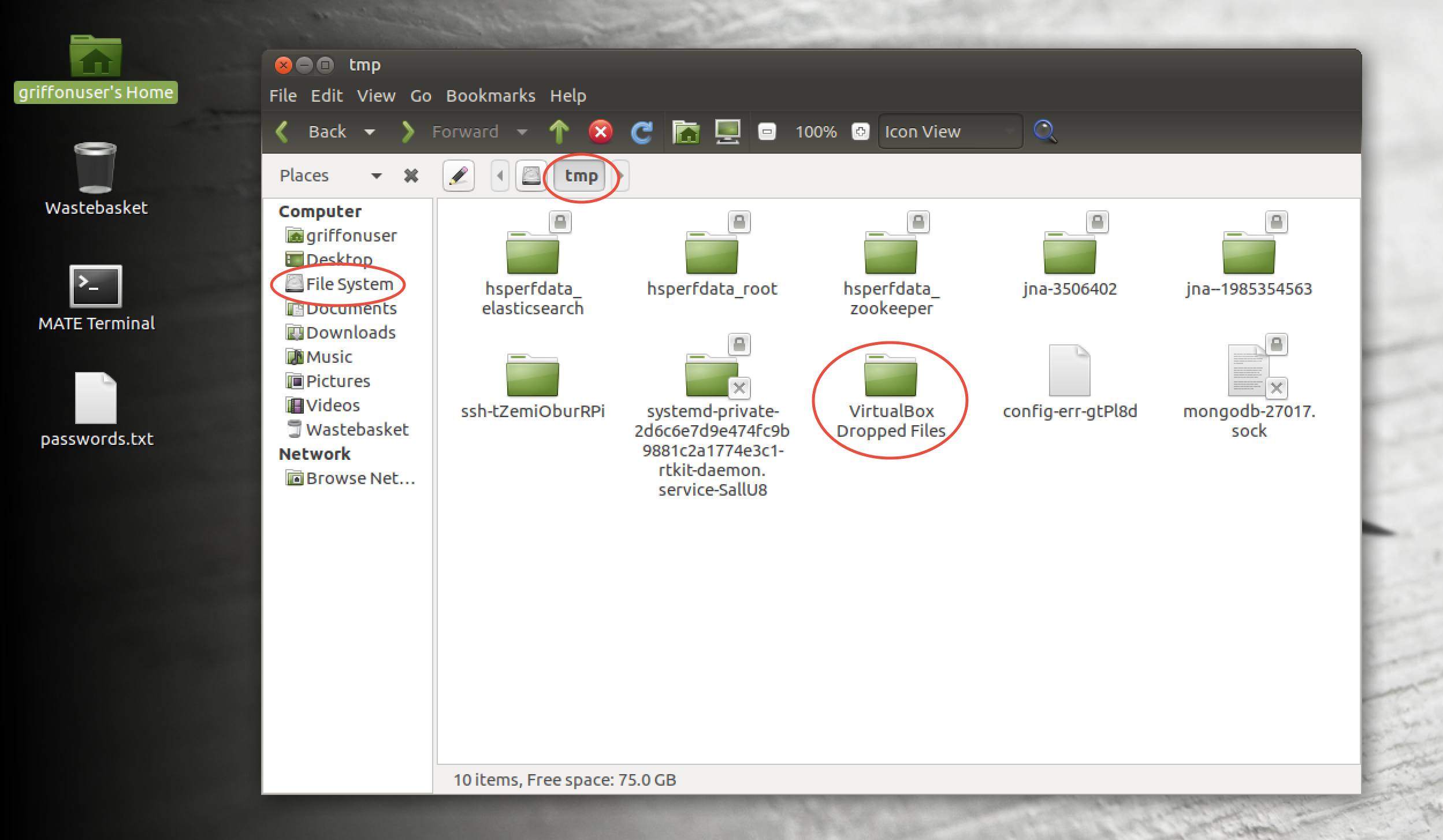GTK Cyber www.gtkcyber.com was founded to bridge the gap between Data Science and Cyber Security and not only provide high standard hands-on trainings, but introduce students to the most cutting-edge technologies and advancements in artificial intelligence, all with a focus on direct applicability to cyber security.
In order to have the best student experience, we strongly encourage you to download the Griffon VM here: https://github.com/gtkcyber/griffon-vm. Griffon is a environment for data science. Griffon is based on Ubuntu MATE and includes numerous data science tools, all installed and configured for immediate use.
- Charles Givre - Data Scientist: charles.givre@gtkcyber.com
- Curtis Lambert - Data Scientist/Security Researcher: curtis@gtkcyber.com
GitHub Structure
- answers (answers notebooks/solutions to all exercises and more)
- data (all data files)
- img (logo and screenshots)
- notebooks (all exercises)
Development Environment
Starting Jupyter notebook: Go to Applications > Programming > Jupyter Notebook or hit the Nb icon located at the top menu bar. Navigate through your file system and open files with .ipynb extension.
Starting Zeppelin notebook: Go to Applications > Programming > Zeppelin > Start Zeppelin > open Mozilla web browser > http://localhost:8060/#/ or hit the Zeppelin icon (takes a while to start up) > import JSON to view notebook.
Copy files into VM: Drag and drop files or folders. You will find them under Filesystem > tmp > VirtualBox Dropped Files > subfolders ...
All exercises either as jupyter notebooks (.ipynb) or Zeppelin notebook (.json) are listed below.
Solutions to all challenges are within the answers folder (also contains additional notebooks and resources).
Notebooks/Scripts/Exercises and Data
-
notebooks/
- Worksheet 3 - Data Visualization.ipynb
-
answers/
- Worksheet 3 - Data Visualization.ipynb
-
data/
- access
- apache-access.log
- CountVectorizer_domains.pickle (pickled ML Feature Engineering models)
- CountVectorizer_paths.pickle
- CountVectorizer_tlds.pickle
- dailybots.csv
- data1.json
- data2.json
- data3.json
- data4.json
- deeplearning_1DConv.h5 (saved Deep Learning URL Classification keras models)
- deeplearning_1DConv.json
- deeplearning_1DConvLSTM.h5
- deeplearning_1DConvLSTM.json
- deeplearning_LSTM.h5
- deeplearning_LSTM.json
- dga_data_full.csv (extra Domain Generation Algorithms data set)
- dga_data_small.csv
- dns_messages.log
- domains_created_db.csv (database of whois creation time for unique domains)
- eve.json (nested json file)
- eve_small.json
- feature_names.pickle (pickled ML Feature Engineering column names)
- hackers-access.httpd
- http.pcap
- http-pcap.json
- large_eve_json.zip
- maccdc2012_00000.csv.gz (pcap for pyspark)
- maccdc2012_00000.pcap.gz
- maccdc2012_00000_small.csv.gz
- maccdc2012_00000_small.csv
- maccdc2012_00000_small.pcap.gz
- mysql.log
- snort
- telnet-cooked.pcap
- url_data_full.csv (raw Machine Learning URL Classification data set)
- url_data_medium.csv
- url_data_mega_deep_learning.csv (more raw URLs for Deep Learning without whois info)
- url_data_small.csv
- url_features_final_df.csv (clean feature matrix Machine Learning URL Classification)
- url_features_final_df_spark.csv (for Spark version no periods in column names)




